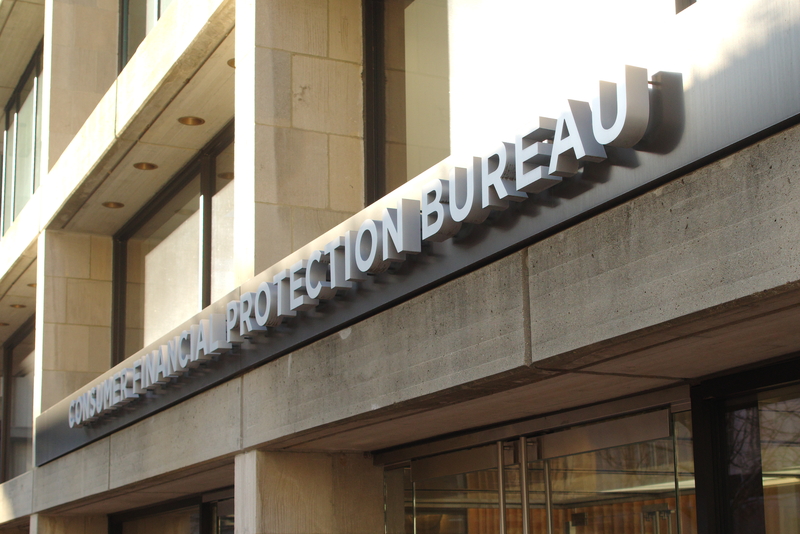AI-driven and automated tools are increasingly being used in the employee lifecycle to help evaluate candidates, track performance and more, with businesses hoping to enhance speed and more efficiently deploy its in-house resources.
But along with the applications of these tools come risks, many of them already borne out in
Register for free to keep reading.
To continue reading this article and unlock full access to GRIP, register now. You’ll enjoy free access to all content until our subscription service launches in early 2026.
- Unlimited access to industry insights
- Stay on top of key rules and regulatory changes with our Rules Navigator
- Ad-free experience with no distractions
- Regular podcasts from trusted external experts
- Fresh compliance and regulatory content every day

















